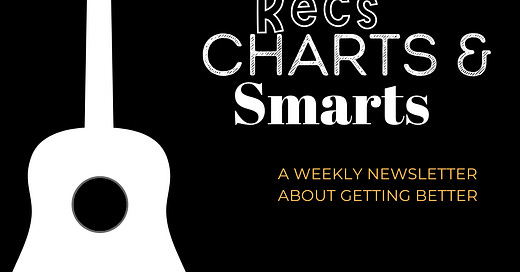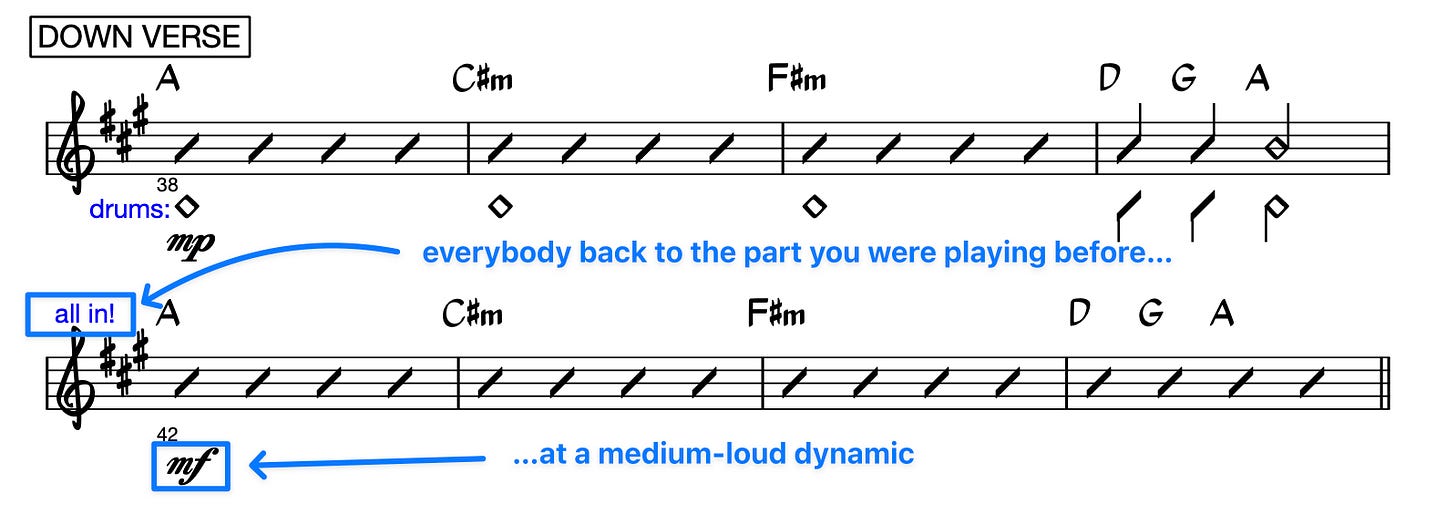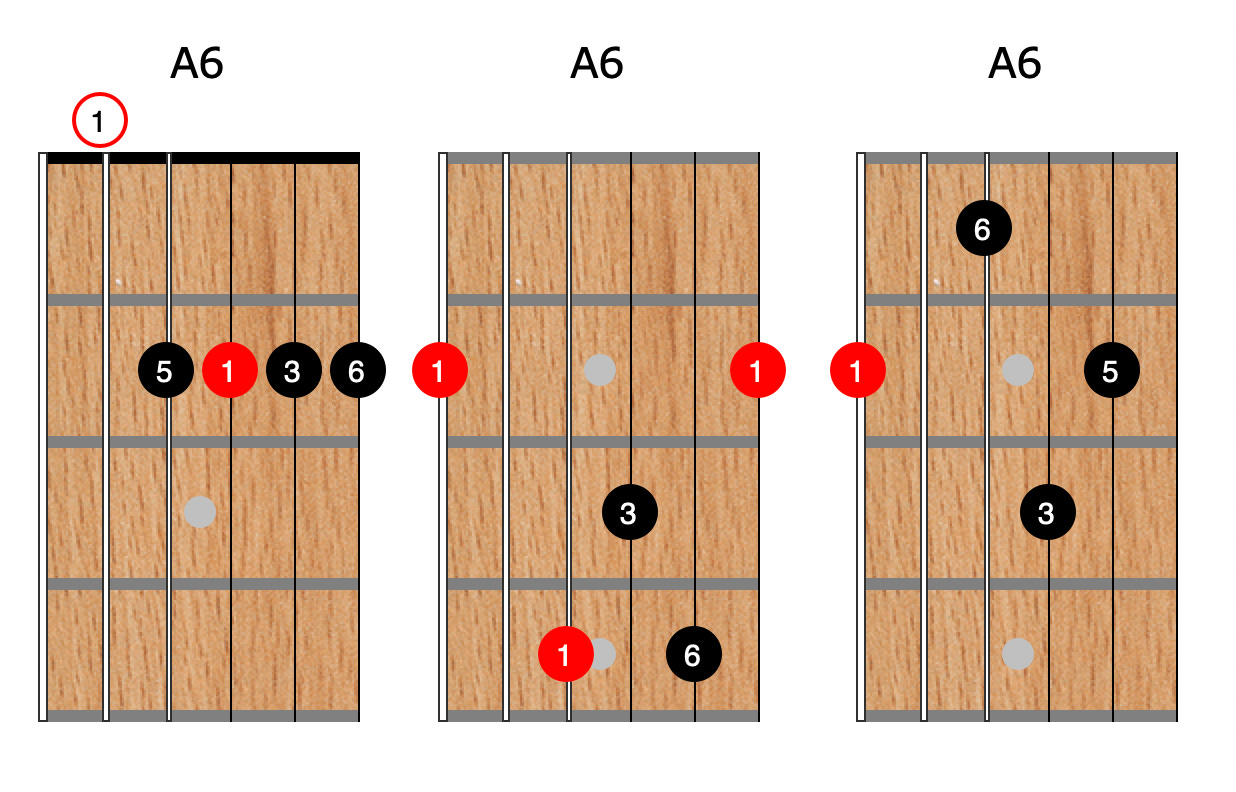RIFFS:
At this rate, she’d be dead in a few minutes.
My wife was on the floor in the bathroom, terror in her eyes. The blood was coming so fast it sounded like I’d left the faucet on. A strange calm took over as I dialed 911.
Our week-old baby slept peacefully a few feet away.
I have no idea how they got there so fast.
I’d barely explained the situation to the dispatcher when the doorbell rang. Suddenly a pair of movie-star-handsome EMTs were loading her onto a stretcher and carrying her out to the ambulance. The baby slept through it all.
From 911 call to their departure, less than five minutes had passed.
A couple years later, we began hosting Wednesday night dinners.
We’re not particularly religious. But we do have our own version of saying grace. We go around the table, and everyone shares their answer to the question:
What are you grateful for?
The best answers seem basic, almost flippant.
Clean tap water. Heat. A roof. Wi-fi. The cancelled flight that forced allowed us an extra day away.
For me? I’m grateful to live when and where I do.
RECS:
I thought of those EMTs last week while watching this:
In it, NASA-engineer-turned-YouTuber Mark Rober shares the story of Zipline.
They’re a drone company using their technology to deliver life-saving medical supplies in remote Rwanda. The same journey that takes four hours in a car is covered in 15 minutes via autonomous drone. Their drones have reduced in-hospital maternal mortality by 88%.
This is such an inspiring video and I hope you make time to watch it.
CHARTS:
I charted the Beatles’ Help!
In this Dropbox folder you’ll find the PDF, Sibelius, & musicXML files.
In this SoundSlice you’ll find TAB for George Harrison’s part.
SMARTS:
1 - the intro
It’s a truncated version of the chorus.
2 - this riff!
The first part is basically a bass line.
He’s playing the roots, and connecting them with scale tones.
But then this happens:
In theory, this shouldn’t work—he’s playing a bunch of “wrong” notes. But of course, it sounds awesome. I think we should remember this when we’re tempted to “theorysplain” everything.
3 - no bridge? → down verse
When a song doesn’t have a bridge, we often mimic one by playing a “breakdown verse.” On a chart that’s usually written “down verse,” and it tells us that we’re going for a quieter dynamic.
Down verses (and down choruses) then return to the original dynamic, usually midway through the section.
4 - the 6 chord
It’s a basic 1-3-5 triad with an added 6.
Early jazz, barbershop harmony, and Beatles endings are all common places you’ll hear this sound.
That’s all I got this week.
See you next Wednesday.
Josh











Scary story if that was personal which I think it was. Thank heavens there are people to help us when we really need it. And THEN the video was downright fascinating!!! Wow.